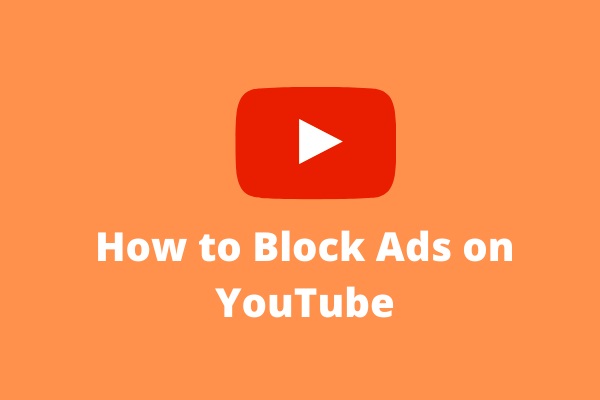This post from MiniTool Video Converter will explore the basics and pros and cons of YouTube Ads vs Facebook Ads to help you choose wisely which marketing method to use.
What Are the Basics of YouTube Ads vs Facebook Ads?
Let’s start with the basics of YouTube vs Facebook Ads to help you decide which one is better for your business.
YouTube Ads
YouTube boasts 2 billion active viewers who consume billions of hours of video content every day. Advertising on YouTube is something to think about due to its sheer reach.
Since YouTube is owned by Google, you will be using the Google advertising network for your YouTube advertising. You’re likely no stranger to these ads that show up on or next to videos.
The six different types of YouTube Ads are as follows:
- Skippable in-stream ads play before/during/after other videos. The audience can choose to skip the ad after 5s.
- Non-skippable in-stream ads are 15s or less in length and appear before/during/after other videos. Viewers do not have the option to skip non-skippable in-stream ads.
- In-feed video ads are displayed as thumbnail images and text. Audiences must click the ad to watch it.
- Bumper ads are 6s or shorter and play before/during/after a video. The viewers do not have the option to skip it.
- Masthead ads autoplay with no sound for up to 30s and show at the top of the YouTube Home feed.
- Outstream ads (Only for mobile devices) start playing with the sound off and audiences can click on the ad to unmute it.
Facebook Ads
Facebook Ads provides seven different types of advertisements that you can utilize to generate leads, raise brand awareness, and enhance engagement with potential customers. As shown below:
- Video ads, available in a variety of durations and styles, let you tell your story in an interesting way.
- Story ads provide an edge-to-edge and immersive experience.
- Photo ads have an image and copy that resembles a Facebook post, yet a “sponsored” tag displays that it is an ad.
- Slideshow uses sound, text, and motion to tell your story across devices.
- Collection includes a series of videos and photos with links to the product.
- Messenger shows in Facebook Messenger and provides interactive or automated features, enabling you to start conversations with your business.
- Carousel allows you to display up to 10 videos or images in an ad, each one with its own link.
What Are the Pros and Cons of YouTube Ads vs Facebook Ads?
Another point to consider is the pros and cons of Facebook Ads vs YouTube Ads. Let’s see.
YouTube Ads
Pros:
- As just mentioned, YouTube has over 2 billion active users, thus brands have the opportunity to reach a large number of people. The average user spends approximately 20 minutes a day on it.
- It is quite inexpensive to run YouTube Ads and advertisers are only paid when users choose to watch it.
- YouTube Ads are targeted based on users’ Google searches because YouTube is part of the Google network.
Cons:
- Since YouTube Ads face fierce competition, marketers must be creative and strategic in order to distinguish their business from other competitors.
- Users often dislike being interrupted by ads while watching videos, thus they may be less receptive to your message.
- There is some learning involved when it comes to generating engaging ads that fulfill your business goals, so you may need to put in some extra effort to get it right.
MiniTool Video ConverterClick to Download100%Clean & Safe
Facebook Ads
Pros:
- With over 2.7 billion users, Facebook has a massive reach, thus your target audience is almost certainly on it.
- Facebook can target ads very narrowly, therefore, only the most relevant viewers will see them, with the option to remarket to those same people.
- A photo ad, the most basic one, is simple to create, enabling you to set up a campaign with ease.
Cons:
- The platform’s billions of users mean there is a significant volume of advertising, thus marketers must be creative to stand out.
- Like YouTube, there is a bit of a learning curve when it comes to Facebook Ads. Although they are simple to set up, inexperienced advertisers may face challenges in ensuring they reach their intended demographic.
Conclusion
Now that you know the basics and the pros and cons of YouTube Ads vs Facebook Ads, you can choose one to promote your brand to people.



![[Fixed!] YouTube Thumbnail Not Showing on Facebook](https://images.minitool.com/youtubedownload.minitool.com/images/uploads/2021/04/fix-youtube-thumbnail-not-showing-on-facebook-thumbnail.png)

